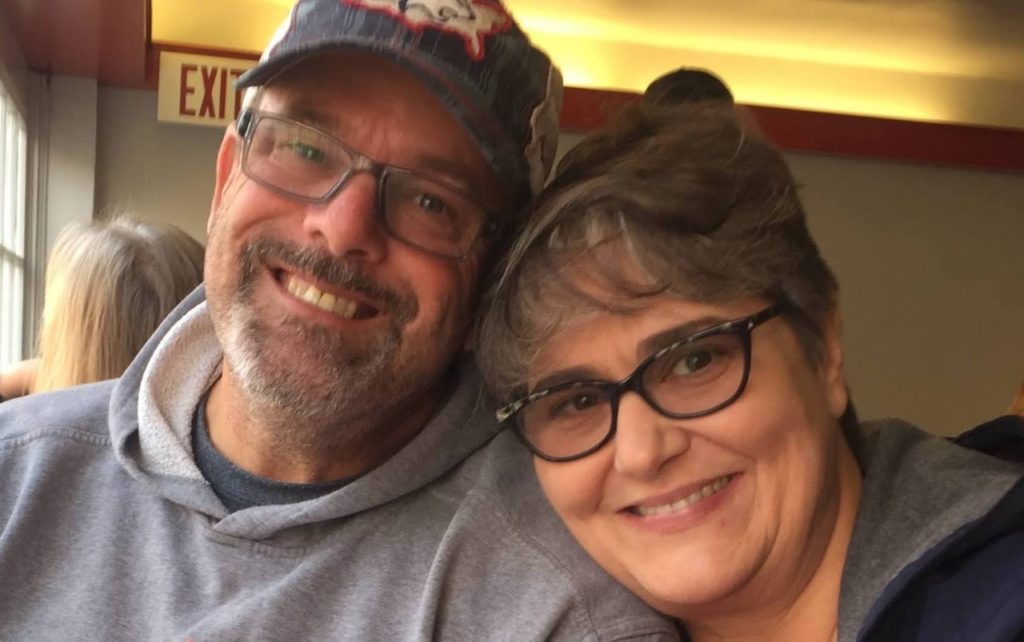Herniated disc relief
New device helps prevent repeat spinal disc herniation

The excruciating pain first started for Andrea Hogue in October 2019, with numbness that shot down her leg. For the next year, Hogue, a middle school teacher in Merced, California, tried everything to find relief.
“It hurt to sit down,” Hogue said. “It hurt to stand up. It felt like my whole left leg was in a permanent cramp.”
Finally, an MRI revealed she had a herniated disc, which occurs when a bulge pushes through a hole in the cushioning discs between vertebrae and presses on a nerve.
She underwent a discectomy, a common spinal surgery to remove the herniated portion of the disc, at Stanford Health Care – ValleyCare.
That worked, but the disc reherniated and the pain returned. Her surgeon, John Kleimeyer, MD, recommended a second discectomy but with something new — a tiny device, Barricaid, implanted in an adjacent vertebra to block the hole.
The device, which is designed to prevent reherniations, was developed by Eugene Carragee, MD, a professor of orthopaedic surgery at Stanford Medicine, after years of research.
Hogue agreed to the second procedure and was the first in California to get the device after the FDA approved it in 2019. That surgery was a success.
“I didn’t know what a fog I was living in,” Hogue said. “I’ve been taking walks with my dog, and that has been wonderful.”

